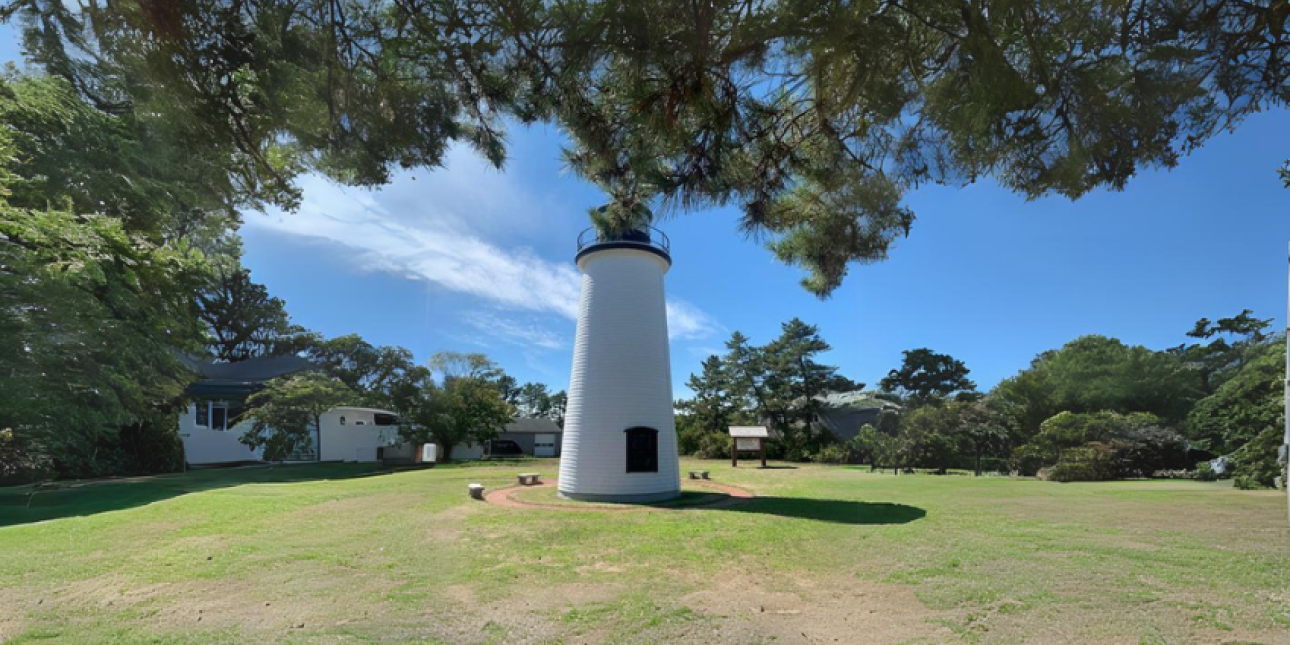Lighthouse for Nonprofit Fraud Protection

Solutions & cases with helpful links follow below.
When fraud occurs, its presence can scare people and institutions away from giving sometimes for years - three case examples:
1. The treasurer of a small community church I know didn't have to acquire a second signature for checks over $1,000 and was ultimately caught but only after depleting 1/3 of the nonprofit's annual revenue.
2. The executive director of an HIV services organization moved $720,000 from contracts to false vendors and for purchases to benefit himself including a boat because internal controls were absent.
3. Last week, the CEO of Goodwill in Sacramento was convicted of stealing $1.4 million through wire fraud, identity theft, and a fake business: https://lnkd.in/egMcwpKH
Solutions can include, and are not limited to:
A. Establishing greater internal controls, with a primer courtesy of National Council of Nonprofits: https://lnkd.in/eRBTZ2U5
B. Venable LLP has a fraud protection handbook for charitable organizations: https://lnkd.in/eKbi8bJi
C. Create or update policies that encourage checks and balances such as a whistleblower policy and board audit independence - see examples with organizations such as Pennsylvania Association of Nonprofit Organizations (PANO) and the Standards for Excellence Institute®: https://lnkd.in/ez8HQuBk
D. Contact my colleague Jonathan T. Marks-CPA,CFF,CGMA,CITP,CFE,PI,NACD Board Fellow or someone of his caliber and attend seminars.
Unfortunately, I have seen or heard stories of fraud from checks being stolen from either the mail or from the office, inadequate protection of computing equipment - and online file sharing, and the incidences occur at a rate comparable to other industries.
There are zero downsides to having protections against stealing and then publicly sharing those controls with supporters and the public. Let's all take another step toward creating a safer environment for our funding today - and in 2024.